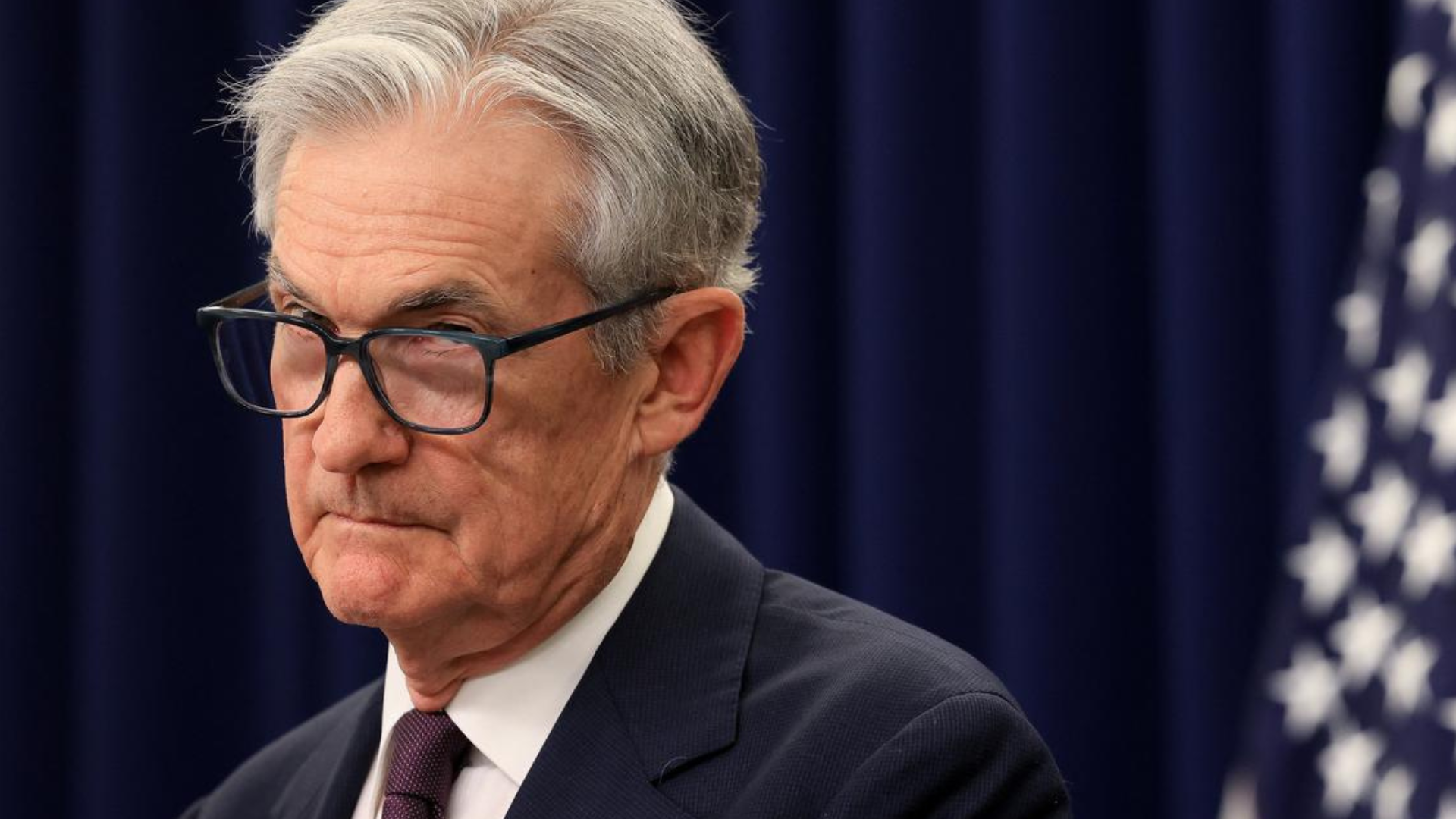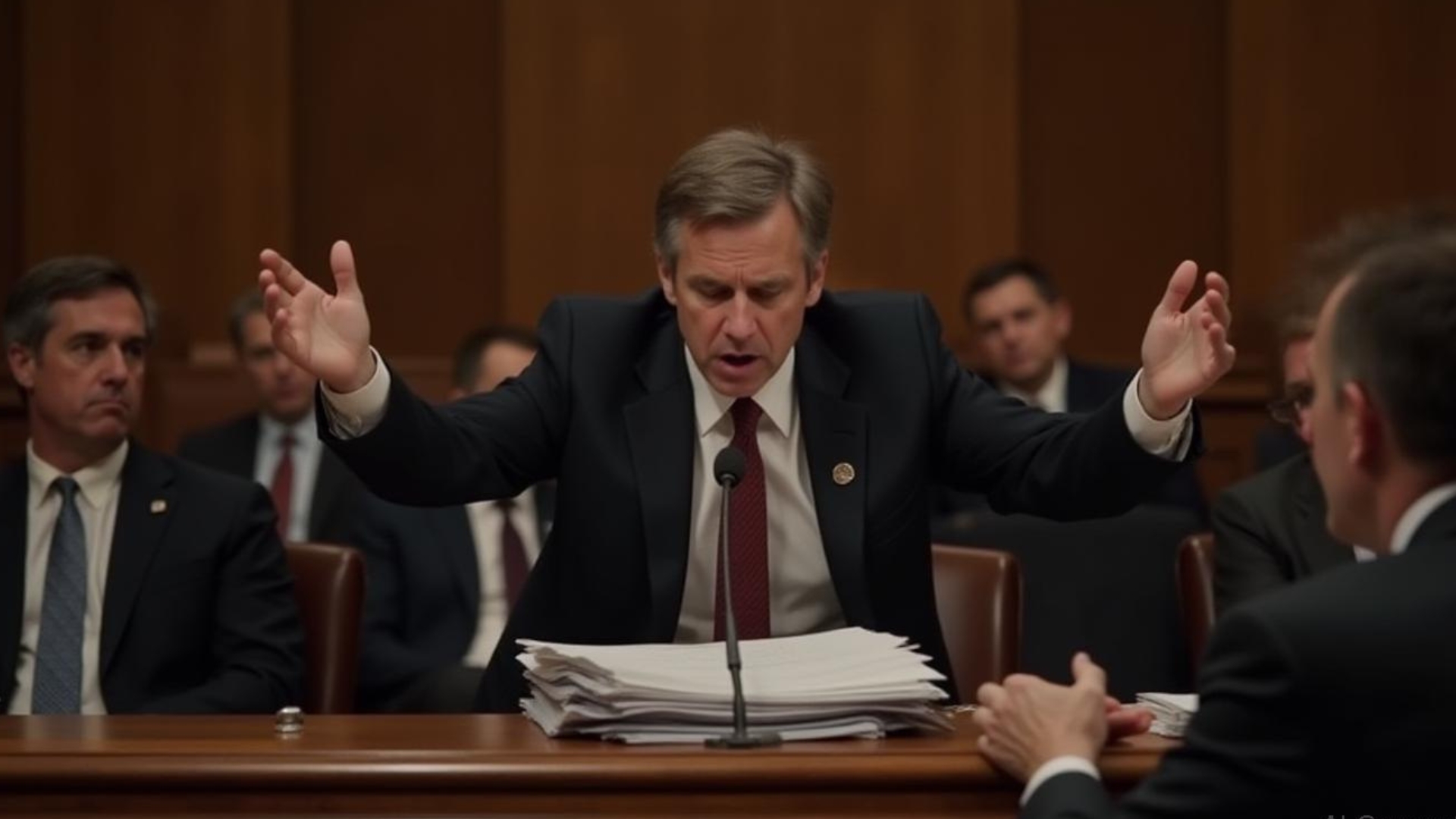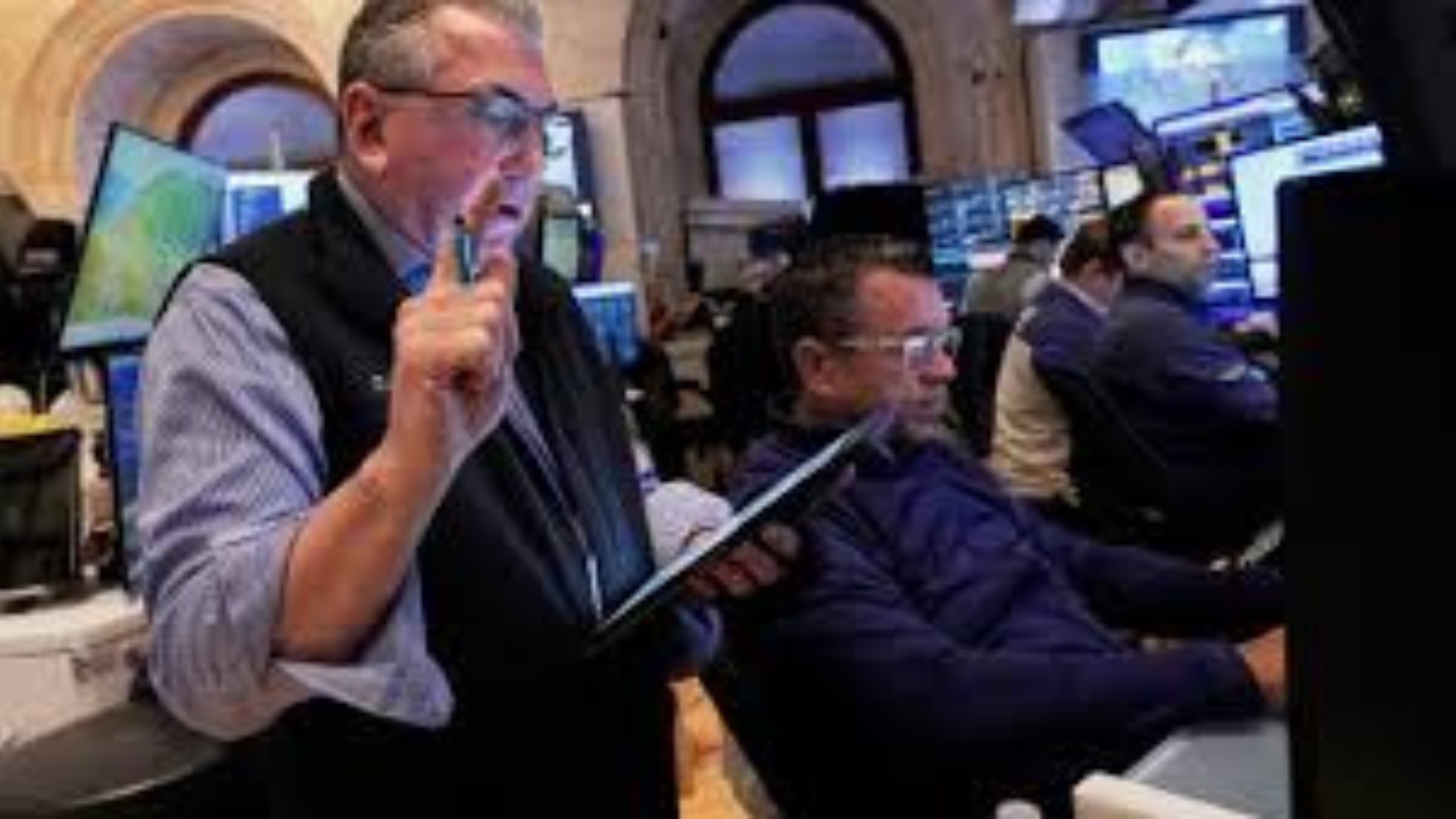Inflation fears return as Trump tariffs raise costs; rate cuts possible later this year
Fed leaves key rate unchanged Wednesday, citing uncertainty over inflation from President Trump’s renewed tariffs. Despite recent cooling in inflation, Fed officials signaled concern that rising trade duties could reignite price increases in the months ahead.
The Federal Open Market Committee (FOMC) left the benchmark rate at approximately 4.3%, continuing its wait-and-see approach as economic indicators show mixed signals.
Inflation Set to Rise Again — But Temporarily?
Fed Chair Jerome Powell acknowledged that the economy is in decent shape, but warned that new tariffs will likely raise prices and slow economic growth — a combination that makes future policy decisions especially delicate.
“Increases in tariffs this year are likely to push up prices and weigh on economic activity,” Powell said at his post-meeting press conference.
Despite that, the Fed’s projections still show two rate cuts likely in 2025, assuming inflation doesn’t rise too sharply. Fed officials estimate inflation could reach 3% by year’s end, up from 2.1% in April, but they expect it to decline again in 2026 and 2027.
Rate Cuts Delayed — But Not Denied
While Wall Street had hoped for an earlier move, most analysts now expect the Fed to hold off on any rate cut until September at the earliest. The labor market remains relatively strong, and unemployment is still low at 4.2%, though the Fed forecasts it will rise to 4.5% later this year.
“We have to be forward-looking,” Powell added. “We expect a meaningful amount of inflation to arrive in coming months and we have to take that into account.”
Trump Attacks Powell — Again
In his usual combative tone, Donald Trump renewed his attacks on Powell, calling him “stupid” and “political” for not cutting rates despite mild inflation figures.
“So we have no inflation, we have only success,” Trump said. “And I’d like to see interest rates get down.”
Trump’s pressure on the Fed stems in part from the soaring cost of government borrowing, now running at over $1 trillion annually. Economists warn that slashing rates simply to ease federal debt burdens would undermine the Fed’s independence and its mandate of price stability and maximum employment.
Global Central Banks Moving Differently
While the U.S. holds steady, central banks in Europe, Canada, and the U.K.have all taken action to lower rates in reaction to pressure from US tariffs and slowdowns in the world economy. The Bank of Japan has stopped raising interest rates and kept them at 0.5%.
Despite the trade headwinds, the Fed appears to view the U.S. economy’s fundamentals as being rather sound, based on its cautious approach.
Key Economic Projections:
- Fed rate: 4.3% (unchanged)
- Expected inflation: 3.0% by year-end
- Unemployment forecast: 4.5%
- GDP growth: 1.4% (down from 2.5% in 2024)
- Next Fed meeting: July 2025
Final Word
While inflation has cooled, tariffs have reintroduced economic uncertainty, putting the Fed in a holding pattern. As the world watches Powell and Trump clash once again over interest rates, the key question remains: Will the Fed cut in time to prevent a slowdown, or wait too long?
Source: AP News





